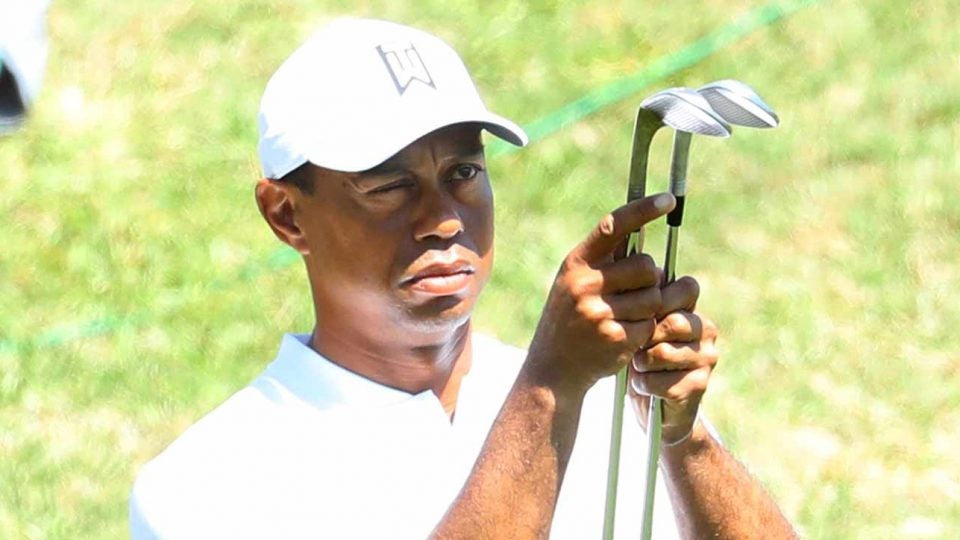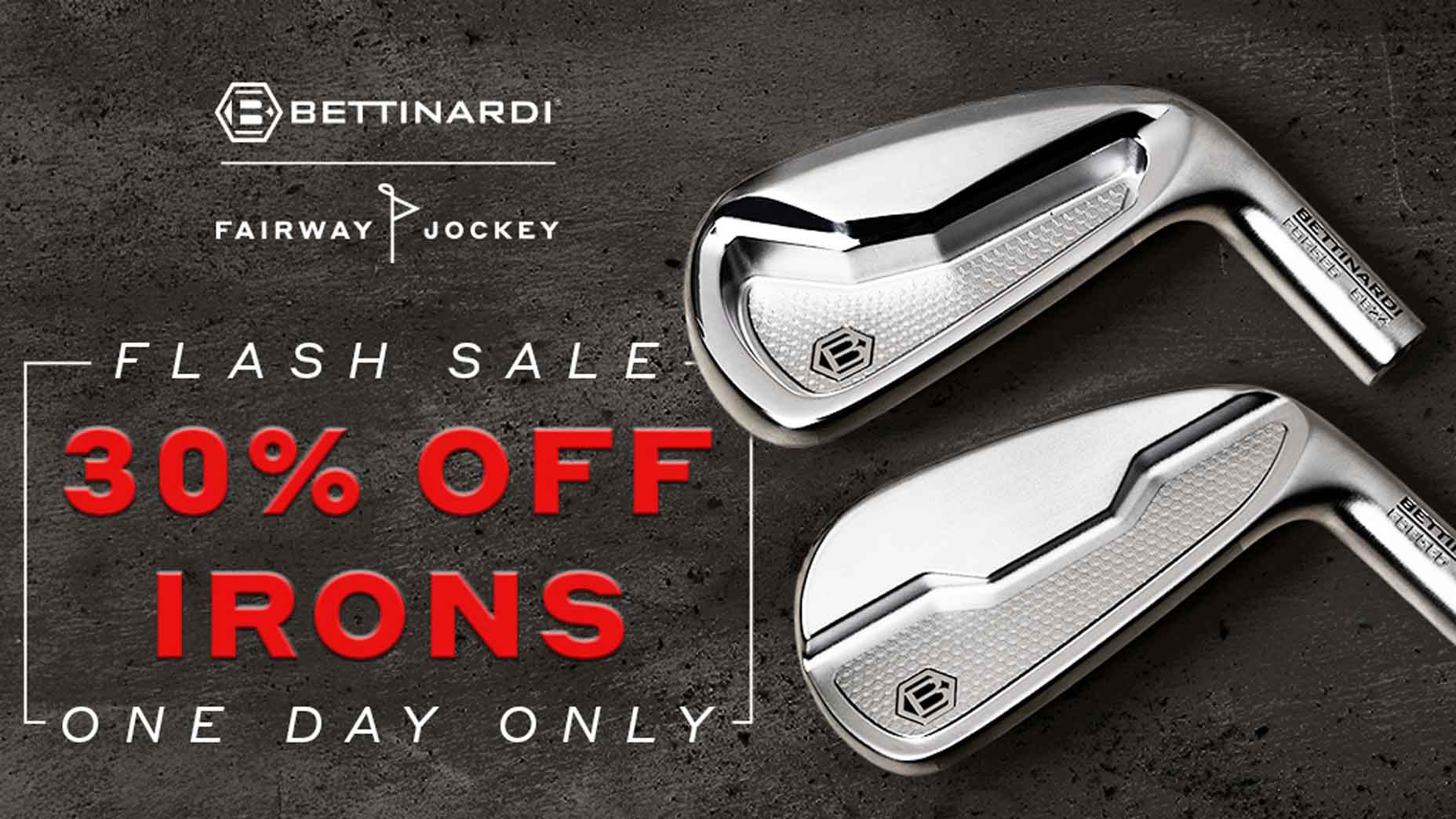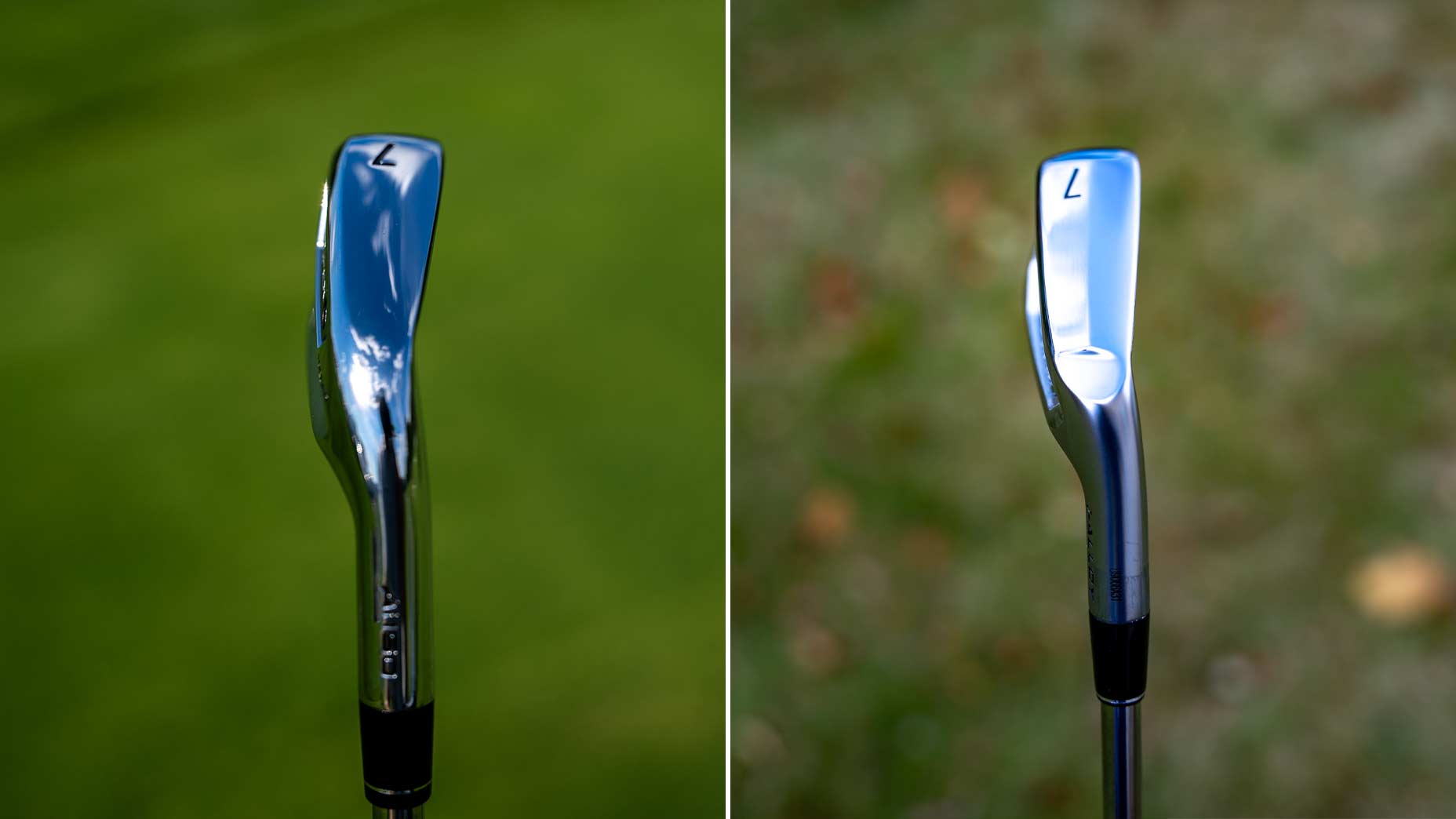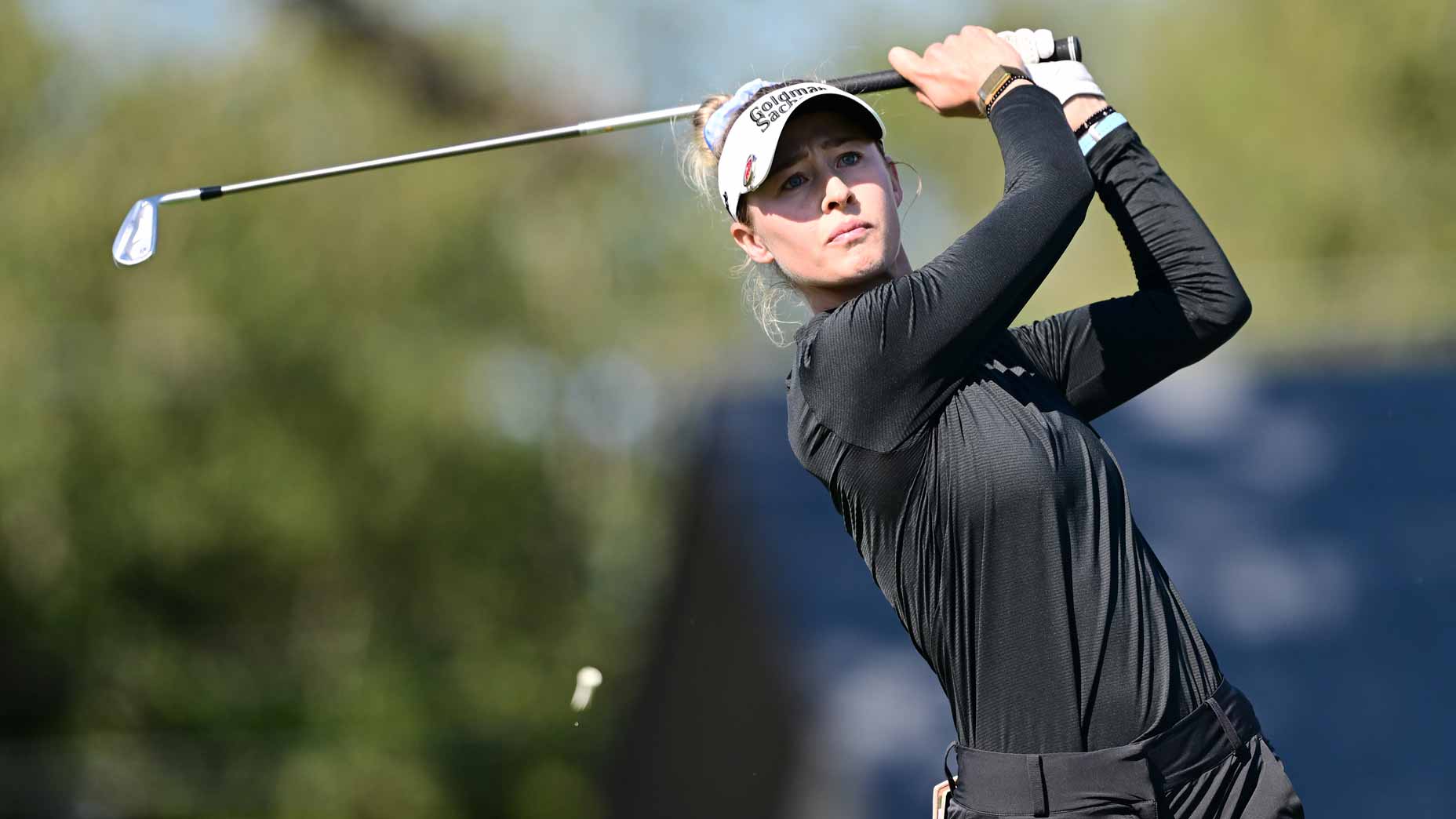 Should beginners get fit for clubs? This experience says yes
Should beginners get fit for clubs? This experience says yes
Fully Equipped mailbag: How many elite tour players use golf clubs with stock specs?

Welcome to another edition of the Fully Equipped mailbag, an interactive GOLF.com series in which our resident dimplehead (a.k.a., GOLF’s managing editor of equipment, Jonathan Wall) fields your hard-hitting gear questions.
Grip size and iron specs have always interested me, especially with the importance of custom fitting being preached. How many pros actually stray from stock specs? — Joshua Viohl
When you say “stock specs,” I’m going to assume you mean length, loft and lie angle, because I don’t know a single player who’s using a club straight off the rack — shaft and grip included. There’s always a chance an elite player opts to go with stock specs, but there’s usually a rigorous process that goes into determining the ideal build specs for, say, a set of irons.
Looking strictly at elite players, the goal is to optimize launch and spin characteristics with each club in the bag while zeroing-in on a preferred distance for each club. When you’re standing over a 125-yard wedge shot with a potential seven-figure paycheck on the line, knowing your gap wedge goes exactly that distance can make a world of difference. Having scoring clubs built to your specs can certainly bolster your confidence.
So how does a pro go about determining if they fall into the “standard spec” for a particular manufacturer? Height, arm length, posture and impact location need to be taken into consideration. Just because you’re 5 feet 9 inches, that doesn’t mean you fall into the standard spec category. (Full. disclosure: I’m 6 feet 5 inches and play standard length clubs due to my arm length and what feels comfortable.)
I spoke to several Tour reps — Matt Rollins, PXG’s director of tournament player relations, confirmed two of the nine staffers he works with play something that’s considered standard — who said a large number of players they work with adjust at least one aspect of the club, be it length, loft or lie angle with irons and wedges. The adjustments might be minor, but it’s enough for a professional to notice the difference.
And as far as amateur golfers using clubs with standard specs, always make sure you go see a fitter before settling for the stock offering.
ADVERTISEMENT
“There’s this perception that only [elite players] benefit from custom-fit clubs,” said Fully Equipped co-host Tim Briand. “That’s as far away from the truth as you can get. The reality is, if I give a PGA Tour player, especially an elite ball-striker, a mis-fit golf club, they’re going to figure out how to use it effectively. But they’re probably going to make compensations that undermine good mechanics in the long run that will do damage to their performance.”
The last thing any golfer wants — professional or otherwise — is an ill-fitting club that punishes a good swing. So pay attention to your specs during the testing process.
To hear more gear insights from Jonathan Wall and True Spec’s Tim Briand, subscribe and listen each week to GOLF’s Fully Equipped podcast: iTunes | SoundCloud | Spotify | Stitcher
ADVERTISEMENT







